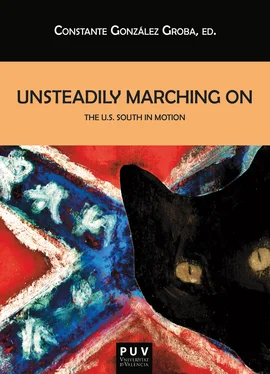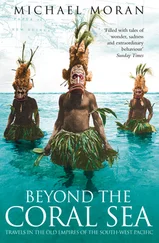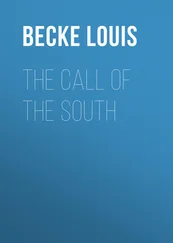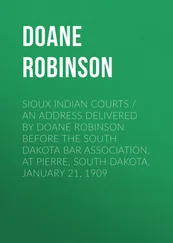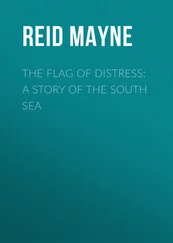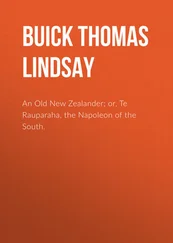In an effort to keep his humanity intact, Sheriff Bell eventually decides to retire. Turning his back on the larger world, he will strive, in his own small domain, to live with honor and charity in an age that values neither. Besides his wife, to whom he is utterly devoted, he draws inspiration from two figures. The first is an unknown settler who, many years ago, had with hammer and chisel hewed a water trough from a large stone. Musing that it would probably last 10,000 years, the Sheriff wonders why the settler would have expended so much time and effort in making something as simple as a trough. In both admiration and wonder, he comes to this conclusion: “And I have to say that the only thing I can think is that there was some sort of promise in his heart. And I dont have no intentions of carvin a stone water trough. But I would like to be able to make that kind of promise. I think that’s what I would like most of all” (308).
Another of McCarthy’s dedicated makers, the stone hewer stands opposed to Chigurh and to McCarthy’s other architects of destruction. His work with stone contrasts sharply with that of the posthole digger in the epilogue of Blood Meridian , whose mechanical striking of rock points grimly forward to the creation of the monolithic military-industrial state and nuclear war. The stone hewer’s work, in contrast, suggests the enkindling of the artist’s creativity and humanity, the artist’s compassionate hopefulness projected into the object and passed along to others, as seen in the sheriff’s response to his creation. Perhaps this projected compassion by the craftsman is one reason McCarthy turned to a phrase from Yeats’s “Sailing to Byzantium” for his novel’s title; in this poem the poet envisions himself as “a form as Grecian goldsmiths make / Of hammered gold and gold enamelling” (194).
The compassionate goodness of making, amidst a dark and forbidding world, is also associated with Bell’s second inspiration, his father. At the novel’s close, Bell relates a dream presenting his father as a Promethean figure of strength and goodness. In the dream, a much younger Bell is riding alone at night through a snowy mountain pass. He sees his father ride past him, “carryin fire in a horn the way people used to do and I could see the horn from the light inside of it. About the color of the moon. And in the dream I knew that he was goin on ahead and that he was fixin to make a fire somewhere out there in all that dark and all that cold and I knew that whenever I got there he would be there” (309). The fire carried by Bell’s father is not fire of destruction—not fire struck from stone—but the fire of creation, carried in a carved-out animal horn, a work of craft designed to nurture rather than to devastate humanity. It is, moreover, fire to be kept alive and passed along, through acts of goodness, charity, and making, an image to which McCarthy returns in The Road , wherein the father and his son repeatedly characterize those who have kept their humanity alive, amidst the post-apocalyptic carnage, as people who are “carrying the fire” (109).
“What I need most is to learn charity,” says Ben in The Stonemason , voicing the hopeful vision found in making that lurks in McCarthy’s dark and violent world. “I know that small acts of valor,” Ben continues, “may be all that is visible of great movements of courage within” (131). Small acts of valor, derived from and nurtured by a strict dedication to the rituals of work and craft, are the acts of McCarthy’s heroes, those who keep their humanity alive and pass it along to others, holding back, at least for a while, the darkness of the coming days.
Works Cited
Arendt, Hannah. The Human Condition . Chicago: U of Chicago P, 1958.
McCarthy, Cormac. All the Pretty Horses . New York: Knopf, 1992.
——. Blood Meridian . 1985. New York: Vintage International, 1992.
——. Child of God . 1973. New York: Vintage International, 1993.
——. The Crossing . New York: Knopf, 1994.
——. No Country for Old Men . New York: Knopf, 2005.
——. The Stonemason . 1994. New York: Vintage International, 1995.
——. The Road . New York: Knopf, 2006.
Sennett, Richard. The Craftsman . New Haven: Yale UP, 2008.
Smith, Edward-Lucie. The Story of Craft: The Craftsman’s Role in Society. Ithaca: Cornell UP, 1981.
Yeats, William Butler. “Sailing to Byzantium.” The Collected Poems . Rev. 2 nded. New York: Scribner Paperback Poetry, 1996.
Конец ознакомительного фрагмента.
Текст предоставлен ООО «ЛитРес».
Прочитайте эту книгу целиком, купив полную легальную версию на ЛитРес.
Безопасно оплатить книгу можно банковской картой Visa, MasterCard, Maestro, со счета мобильного телефона, с платежного терминала, в салоне МТС или Связной, через PayPal, WebMoney, Яндекс.Деньги, QIWI Кошелек, бонусными картами или другим удобным Вам способом.
